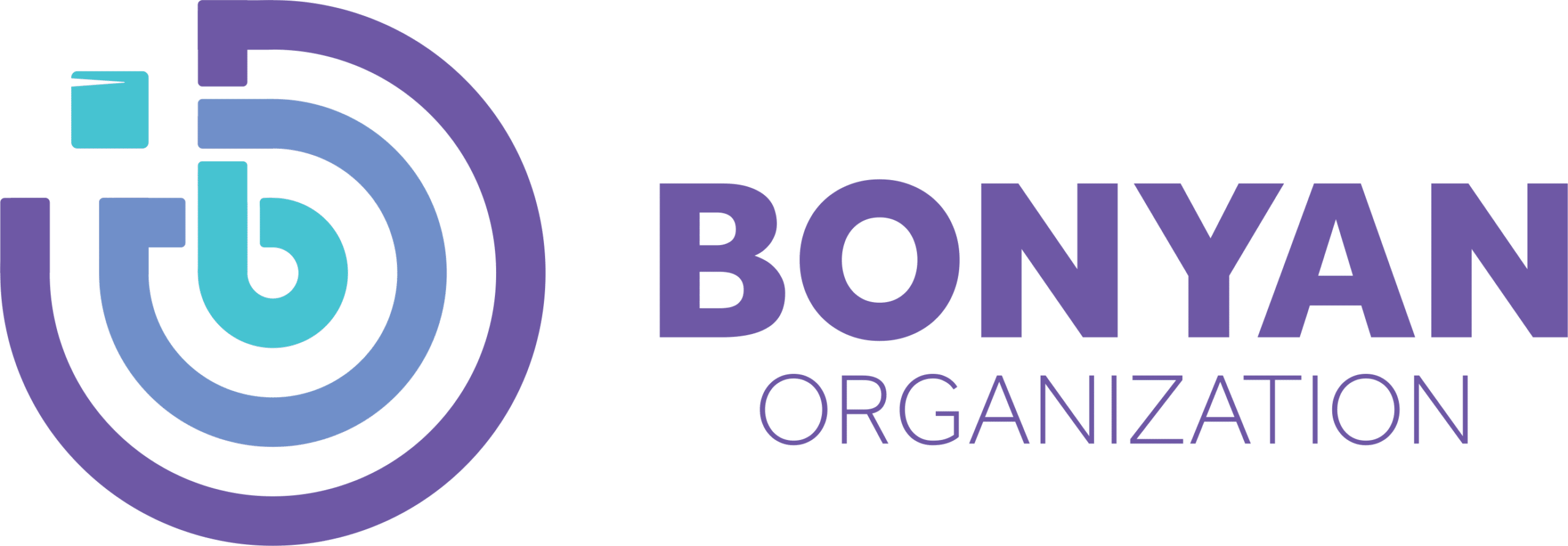Teachers play a critical role in supporting refugee students by providing language support, cultural sensitivity, individualized support, building a sense of community, and advocating for their rights.
Nearly 90 million people worldwide have been forcibly displaced, including refugees, Internally displaced, and asylum seekers.
This unprecedented figure includes 41 million who are under 18 years of age.
These numbers show us the critical role teachers can play in supporting refugee students. Therefore, this is what we will discuss in that article.
Providing a Safe and Inclusive Learning Environment
Providing refugee students with a safe and inclusive learning environment is required to help them adjust to their new surroundings and succeed academically and socially.
Here are some ways in which schools can create a safe and inclusive learning environment for refugee students:
-
- Addressing cultural differences: by being aware of cultural differences and trying to respect and celebrate the diversity of their students.
-
-
- This can include incorporating multicultural education into the curriculum, recognizing important cultural events and holidays, and providing opportunities for students to share their cultural traditions.
-
-
- Language support: that is directed to refugee students with limited local language proficiency.
-
-
- This can include giving bilingual materials, interpreters, and a Second Language instruction.
-
-
- Offering mental health support: Many refugee students have experienced trauma and may need mental health support.
-
-
- Schools can provide counseling services, connect students to community resources, and create a supportive environment where students feel comfortable seeking help.
-
-
- Creating a welcoming environment: This can consist of decorating the classroom with welcoming signs and posters, promoting positive behavior, and addressing any incidents of bullying or discrimination.
- Providing educational support: That can include tutoring, extra help sessions, and accommodations for students with learning differences.
- Building community partnerships: Schools can partner with community organizations that provide support services to refugees, such as language classes, housing assistance, and job training.
Schools can help refugee students feel supported, valued, and empowered to succeed by creating a safe and inclusive learning environment.
Addressing Language Barriers and Cultural Differences
Schools must address language barriers and cultural differences to support refugee students’ academic and social success.
Schools can provide language support such as language classes incorporating multicultural education, offering translation services, creating a welcoming environment, providing cultural sensitivity training, and partnering with community organizations.
Translation services for non-local language-speaking parents and families can also be offered.
Recognizing and Responding to Trauma and Emotional Needs
Recognizing the trauma and emotional needs and responding to them is crucial in supporting the success of refugee students.
Here are some ways by which schools can recognize and respond to trauma and emotional needs for refuges students:
-
- Mental health support: This includes counseling services, connecting students to community resources, and creating a supportive environment where students feel comfortable seeking help.
- Trauma-informed approach: Teachers and staff should adopt a trauma-informed approach to support students who have experienced trauma.
- Building relationships: This includes positive relationships with students are crucial in recognizing and responding to their emotional needs.
-
-
- Teachers can create a welcoming environment where students feel safe to share their experiences and concerns.
-
-
- Academic support: This includes tutoring, extra help sessions, and accommodations for students with learning differences.
- Encouraging self-care: This includes spreading practices such as mindfulness and stress reduction techniques to help students cope with the stress of adjusting to a new environment.
- Academic support: This includes tutoring, extra help sessions, and accommodations for students with learning differences.
Collaborating with Families
Collaborating with families of refugee students goes beyond just providing information and translation services.
Schools can involve families in decision-making processes related to their child’s education, such as setting academic goals, developing individualized education plans, and providing feedback on their child’s progress.
This can be especially important for refugee students, who may have experienced educational disruptions due to displacement and resettlement.
Schools can also establish cultural liaisons or parent-teacher associations to facilitate communication and collaboration between families and schools.
Effective collaboration with families requires a commitment to ongoing communication and engagement.
Regular parent-teacher conferences and meetings allow families to ask questions, provide feedback, and work with teachers to ensure their child’s success.
Advocating for The Educational Rights of Refugee Students
By advocating for the educational rights of refugee students, schools can create a more equitable and just educational system that supports the success of all students.
Advocating for refugee students’ educational rights involves addressing systemic issues, promoting policy changes, providing targeted support, encouraging community involvement, and amplifying student voices.
Our Role at Bonyan in Supporting Refugee Students
At Bonyan Organization, we take responsibility for playing our role in providing a supportive educational environment for refugee students.
That includes training teachers and establishing educational circles for children most affected by displacement.
We can bridge the gap between the formal education system and refugee students’ unique needs and experiences.
Through our efforts, we can help create a safe and supportive learning environment where refugee students can develop academic skills, participate in extracurricular activities, and interact with peers from similar backgrounds.
By providing trauma-informed care and support, we can address the emotional needs of refugee students who may have experienced different challenges.
Donations to Bonyan can contribute to changing the lives of children and creating a better future for them.
Resources
FAQ
What is the role of teachers in supporting learners?
The role of teachers in supporting learners is creating a positive environment, providing targeted support, tailoring individualistic instructions for them, building relationships, and providing feedback.
How do you teach refugee students?
Teaching refugee students requires an approach that recognizes their unique needs and experiences. Teachers can provide language support, use culturally responsive teaching strategies, provide trauma-informed care, build positive relationships, and create a safe and inclusive learning environment.
How do you welcome refugee students?
You can welcome refugee students by creating a welcoming and inclusive environment, providing language support, building positive relationships, and involving families in the school community.
Content
- Providing a Safe and Inclusive Learning Environment
- Addressing Language Barriers and Cultural Differences
- Recognizing and Responding to Trauma and Emotional Needs
- Collaborating with Families
- Advocating for The Educational Rights of Refugee Students
- Our Role at Bonyan in Supporting Refugee Students
- Resources
- FAQ



